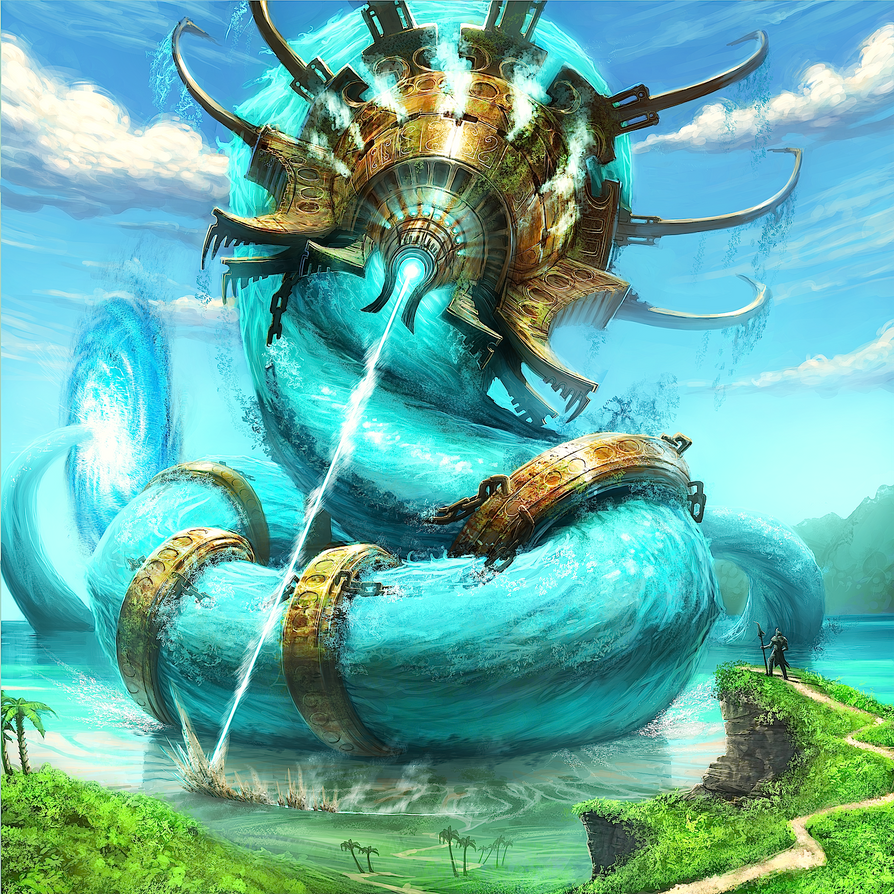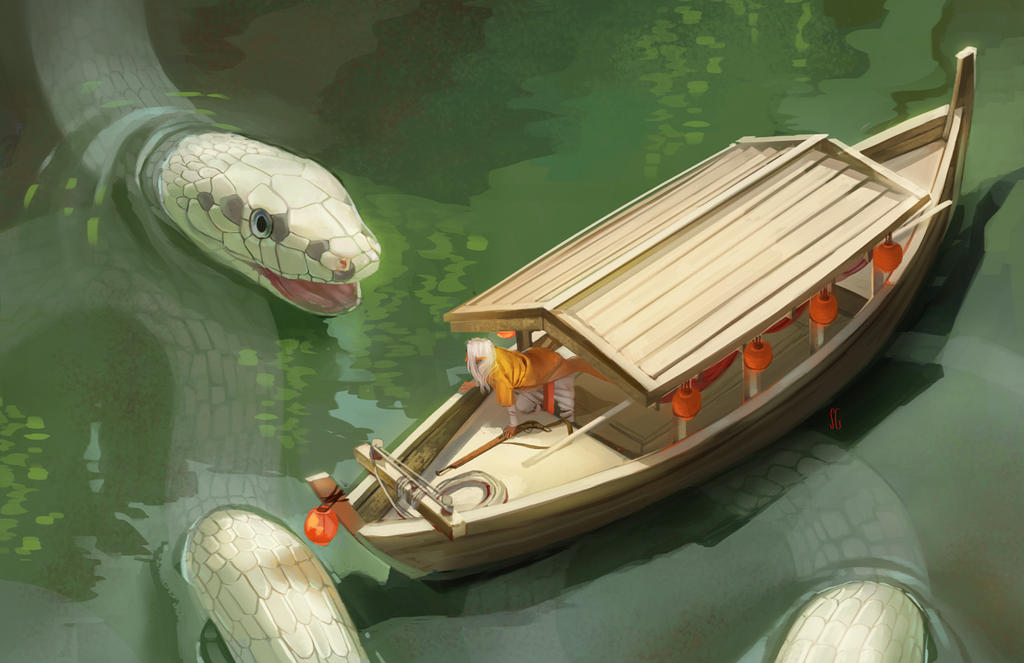A Brief History of Sea Travel
Humans began using boats to get around a long time ago. It started with using wood as a buoyancy aid for swimming, then we started to tie them together into rafts, these eventually had sails attached to them, then better rigging was invented and compasses where made and then ships were made out of metal and had lots of guns.
But for our purposes we are interested in ships that the ancient Greeks sailed, or at least people like the ancient Greeks in ships maybe similar to what they might have sailed. What it comes down to is this:
But for our purposes we are interested in ships that the ancient Greeks sailed, or at least people like the ancient Greeks in ships maybe similar to what they might have sailed. What it comes down to is this:
- There are lots of oars needed to move a ship around, they solved this by having multiple decks of oars (trireme literally means three decks of oars). Oars meant you could go fast and turn better than just with sails.
- You need a very large crew to move around a big ship.
- The sails are square, not triangular, and have pretty simple rigging. This means that they sailed with the wind for the most part, not across it or against it especially well.
- The Aegean Sea wasn't that big and there were islands everywhere. It was probably very difficult to sail out of sight of land, meaning that they had little need to develop advanced navigation systems.
Sea Travel in Ánemos, or "I should buy a boat"
While most people in Ánemos have never even left their village, let alone their island, those that do need ships. But the Sea is also the main source of food and lively hood in Ánemos, so even the most backwards bumpkin knows their way around a row boat or fishing sloop. This means that mechanically all PCs are competent sailors and can work in pretty much any position on a ships crew as needed. Everyone in Ánemos wants a ship of their own as a way to gain prosperity and independence, plus fares are expensive!
Using the some of the ship stats from the 5E DMG as a jumping off point, I made up some ships. I also liked +Joseph Manola 's idea about making mounts and therefore travel more interesting and useful, so I created a similar "quality" spectrum on which to describe ships.
So your players finally get a boat, they are so exited! They don't have to pay fares between islands any more, they can sail in dangerous waters that no one else would take them to check out that spooky island, they have at least a little cargo space to start trading and making some money just for traveling, they can hunt Psári, and the sea is theirs to ply!
But! They now need a crew they have to pay and feed (I like to use +Joseph Manola 's rules for the "extras" class to simulate the crew). They now own something valuable so when they dock at cities they have to pay moorage fees to keep it from being stolen while they are taking care of business in the city. Navigation is now up to them, unless they buy an expensive map or hire a skilled navigator getting from Point A to Point B is a lot less sure.
What I am trying to point out is that the party's ship is a great resource that should be loved and taken care of and invested in, not unlike their hometown. The whole premise of the setting is basically a wave crawl style adventure, so a ship is almost assumed at a certain level of play.
Ship Descriptions and Stats
Common Galley: The all around utility ship, with room enough for passengers and cargo. Faster than cogs, but not built for war.
Trading Cog: Large slow moving ships with deep cargo holds, these are common on the high seas. Many rowers are needed to move their great bulk and ballast is required when their holds are empty.
Fishing Sloop: Small sail boats favored by fishermen, just large enough to make small journeys between nearby islands.
Row Boat: Basic row boat, cannot be used to travel across between islands due to strong currents. Most ships carry at least one with with them, each one takes up 1 ton of cargo space.
Psari Hunting Longboat: A sturdy and well built rowing boat used when hunting Psári. Each one has a few harpoons and takes up 2 tons of cargo space when not in use.
Psari Hunting Longboat: A sturdy and well built rowing boat used when hunting Psári. Each one has a few harpoons and takes up 2 tons of cargo space when not in use.
Minoan Trireme: The backbone of the Minoan Republic's Navy, these tall and well built ships prowl the Inner Sea and enforce Republic law. Built to carry marines from place to place.
Minoan Maris Castra: The crown jewels of the Minoan Republic's navy and the largest ships ever built, there are only three in existence at a time. They lead the Navy in war, but otherwise act as merely symbols of power. Massive, heavily armored, and slow.
Arsuf Longship: Lean and fast, these are weapons used by the Clans of Arsuf to raid and flee quickly.
Arsuf Clancraft: The pride of every Clan, these are mobile homes and the Clan's most important possession. With a full crew, these ships can sail longer and faster than almost any other ship on the Sea.
Chalcis Wyrship: Every timber was carefully chosen, every join is caulked with enchanted seashell dust, and the sails have spells sewn into them. They run light and fast on the water almost seeming to sail themselves. With a Windcaller crew of Chalcis mages these are the fastest ships in the world.
Ship Stats:
Cost: In Drachma, must be paid upfront if buying a ship out right or paid in materials and labor time if commissioning a ship. Building a new ship takes 1 year and improving a ship takes 6 months. You can also take out a loan from the Obsidian Bank if you are willing to pay the interest...
HP: How much damage a ship can take and still be sail-able. After 0 HP parts can be scavenged or the ship may be able to be rebuilt
AC Base: What a basic ship's Armor Class is, see quality and improvements below.
Damage Threshold: The minimum amount of damage to be done to inflict damage on a ship, fire damage ignores this threshold
Ramming Damage: All ships can ram other ships, and even some large sea creatures. This is the base damage dice that a ship of this kind deals.
Speed: How fast a ship sails, I have been assuming that the can sail for 10 hours a day and laying anchor in shallow water or near an island at night.
Crew: The minimum number of crew needed to sail the ship, with less there are pretty sever penalties until the ship is un-sail-able
Passengers: How many people other than the crew can be aboard
Cargo: The amount of space in the hold of the ship, measured in tons. My trade table measures everything in tons. Portions of the cargo hold space can be converted, see improvements below.
Ship Quality and Improvements
Ships have variable quality. You can think of this as akin to getting a +1 sword: it's better at being a sword than a normal sword. When you get a +1 Galley its better at being a Galley than a normal Galley. They sail smoother, the hit harder, and they are built better. It takes an especially talented shipwright to build such a ship, and they charge accordingly.
At +4 and +5 you get into magical ship territory. These are certainly not for sale and include legendary ships like the Argo or the Flying Dutchman. They might have the ability to fly or to sail without a crew, though each has its own unique properties and formidiable captains to contend with (see +Arnold K. 's excellent series of posts on pirates/assassins for an idea who these nutty people are: Pirate, Pirate, Assassin, Assassin, Assassin).
At +4 and +5 you get into magical ship territory. These are certainly not for sale and include legendary ships like the Argo or the Flying Dutchman. They might have the ability to fly or to sail without a crew, though each has its own unique properties and formidiable captains to contend with (see +Arnold K. 's excellent series of posts on pirates/assassins for an idea who these nutty people are: Pirate, Pirate, Assassin, Assassin, Assassin).
Weapons:
- Ballista: Shoots large bolts, often with lines and winches to haul in enemy ships of Psári with, occupies 5 tons of cargo space. 2,500 €.
- Ingnis Siphon: Expels a 40ft cone of flame and automatically catches ships on fire, occupies 5 tons of cargo space. 5 tons of cargo space and 5,000 € for the Siphon, 100 € for the alchemicals for each shot.
- Catapault: Throws large projectiles, often stones but also capable of throwing chain shot into rigging to slow enemies or barrels of combustibles to burn other ship (special projectiles attack with disadvantage). 10 tons of cargo space and 5,000 € for the catapult, special projectiles vary.
Improvements:
- Outrigger: Fishing sloops only, for 500 € adds 1 extra ton of cargo space.
- Prisoner Cells: For 1000 € permanently remove 1 ton of cargo space, builds a secure place to keep 5 prisoners.
- Ship's Galley: For 2,000 € permanently removes 10 tons of cargo space, builds a place for the crew to cook and eat, +2 on crew morale checks.
- Passanger Quarters: For 2,000 € permanently removes 5 tons of cargo space, builds comfortable quarters for passengers. This makes 5 extra passenger slots available and the new slots cost double the standard fare.
- Psári Processing Deck: For 5,000 € permanently removes 10 tons of cargo space, builds an area on deck where Psári can be butchered, their lard rendered, their bones dried, their scales stacked, and their hearts preserved. Allows a hunted Psári to be processed into it's parts instead of hauled to port while rotting.
I like the add on system because the party can really customize their ship how they see fit. They can build a cruise ship full of passenger cabins and cart rich people between islands, build a lot of prisoner cells for their raiding, build a whaling ship, or just load up with ship sinking weapons.














